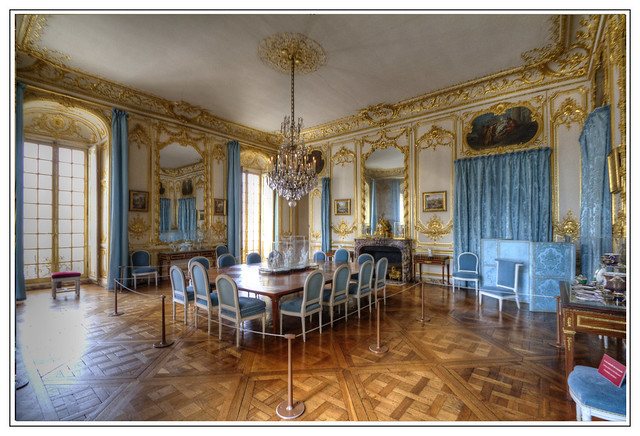Matching Lamps in the Living Room: A Guide
When it comes to decorating your living room, every little detail counts. From the furniture to the accessories, each element plays a role in creating the overall look and feel of the space. One important aspect that often gets overlooked is the coordination of lamps in the living room. While it may seem like a small detail, matching lamps can make a big impact on the overall design. Here's a guide on how to choose and coordinate lamps for a cohesive and stylish living room.
How to Coordinate Lamps in Your Living Room
Before diving into the tips for matching lamps, it's important to understand the purpose of having lamps in the living room. Lamps not only provide functional lighting, but they also add visual interest and help create a warm and inviting atmosphere. When coordinating lamps, it's important to consider both their functionality and aesthetic appeal.
The first step in coordinating lamps is to determine the purpose of each one. Are they meant to provide ambient lighting for the entire room or task lighting for a specific area? This will help you decide on the size, shape, and placement of the lamps.
Tips for Choosing Matching Lamps in Your Living Room
When it comes to choosing matching lamps, there are a few things to keep in mind. First, consider the style of your living room. Are you going for a traditional, modern, or eclectic look? The lamps should complement the overall style of the room.
Next, pay attention to the color scheme. Matching lamps don't necessarily mean identical lamps, but they should have a cohesive color scheme. You can achieve this by choosing lamps with similar colors or materials. For example, if you have a brass floor lamp, consider a brass table lamp for a coordinated look.
Another consideration when choosing matching lamps is the size and scale. The lamps should be proportionate to the size of the room and the furniture they will be placed on. If you have a large living room with high ceilings, you can opt for bigger lamps to make a statement. However, in a smaller space, smaller lamps may be a better fit.
The Importance of Matching Lamps in Your Living Room Decor
Matching lamps not only add to the aesthetic appeal of your living room, but they also create a sense of balance and harmony. When lamps are mismatched, it can create a disjointed and cluttered look. On the other hand, coordinating lamps can tie the room together and create a cohesive design.
In addition, having matching lamps can also make it easier to decorate and accessorize the living room. With a cohesive color scheme and style, it's easier to incorporate other decor pieces without them clashing with the lamps.
Creating a Cohesive Look with Matching Lamps in Your Living Room
Now that you know the importance of matching lamps, let's talk about how to create a cohesive look with them. One way to achieve this is by using identical or similar lamps on either side of a sofa or bed. This creates a symmetrical and balanced look.
Another option is to mix and match lamps within the same color scheme or style. For example, you can have one table lamp and one floor lamp that have similar colors or materials, but different shapes or sizes. This adds visual interest while still maintaining a coordinated look.
Finding the Perfect Pair: Matching Lamps for Your Living Room
When shopping for matching lamps, it's important to have a clear idea of what you're looking for. Consider the style, color, size, and function of the lamps. You can also bring photos or swatches of your living room decor to help you make a decision.
Another tip is to pay attention to the lighting temperature of the lamps. Some may have warm, yellow tones while others may have cool, blue tones. Make sure the lamps you choose have a similar lighting temperature to create a cohesive and harmonious look.
Coordinating Lamps for a Balanced Living Room Design
When coordinating lamps in your living room, it's important to keep balance in mind. This means evenly distributing the lamps throughout the room and making sure they are not all concentrated in one area. It's also important to consider the height of the lamps. You don't want all the lamps to be at the same height, as this can create a flat and uninteresting look. Vary the heights of the lamps to add dimension and visual interest.
The Dos and Don'ts of Matching Lamps in Your Living Room
When it comes to matching lamps in your living room, there are a few dos and don'ts to keep in mind. Do consider the style, color, size, and function of the lamps. Don't be afraid to mix and match lamps within the same color scheme or style. Do pay attention to the lighting temperature. Don't place all the lamps at the same height.
Choosing the Right Lamps to Match Your Living Room Style
As mentioned earlier, your lamps should complement the overall style of your living room. For a traditional living room, consider lamps with classic shapes and materials like brass or crystal. A modern living room can benefit from sleek and minimalist lamps in metal or glass. An eclectic living room allows for more creativity and mixing of styles and materials.
How to Mix and Match Lamps in Your Living Room for a Unique Look
If you're feeling adventurous, you can mix and match lamps in your living room to create a unique and personalized look. This can be achieved by choosing lamps with different colors, shapes, materials, or styles. Just make sure to keep the overall color scheme and style of the room in mind to maintain a cohesive look.
In conclusion, coordinating and matching lamps in your living room is an important aspect of creating a well-designed and harmonious space. By following these tips and guidelines, you can achieve a cohesive and stylish look that will elevate your living room decor. So go ahead and find the perfect pair of lamps for your space!
The Importance of Coordinated Lighting

Creating a Cohesive and Inviting Space
 When designing a living room, one of the most important elements to consider is lighting. It can completely transform the mood and atmosphere of a room, making it feel either warm and inviting or cold and unwelcoming.
Having coordinated lamps in the living room can greatly enhance the overall design and create a cohesive and inviting space.
When designing a living room, one of the most important elements to consider is lighting. It can completely transform the mood and atmosphere of a room, making it feel either warm and inviting or cold and unwelcoming.
Having coordinated lamps in the living room can greatly enhance the overall design and create a cohesive and inviting space.
Unifying the Design
 Matching lamps in a living room can help to unify the design and tie all the elements together.
It creates a sense of balance and symmetry, making the room feel more put-together and visually appealing.
Whether you choose to have two identical lamps on either side of a sofa or a trio of matching table lamps on a console table, having coordinating lighting creates a sense of harmony in the space.
Matching lamps in a living room can help to unify the design and tie all the elements together.
It creates a sense of balance and symmetry, making the room feel more put-together and visually appealing.
Whether you choose to have two identical lamps on either side of a sofa or a trio of matching table lamps on a console table, having coordinating lighting creates a sense of harmony in the space.
Maximizing Functionality
 In addition to adding aesthetic appeal, having matching lamps in the living room can also maximize functionality.
Having consistent lighting sources throughout the room ensures that each area is well-lit and functional for activities such as reading, watching TV, or entertaining guests.
This eliminates the need to constantly move around lamps or adjust lighting levels, making for a more convenient and comfortable living space.
In addition to adding aesthetic appeal, having matching lamps in the living room can also maximize functionality.
Having consistent lighting sources throughout the room ensures that each area is well-lit and functional for activities such as reading, watching TV, or entertaining guests.
This eliminates the need to constantly move around lamps or adjust lighting levels, making for a more convenient and comfortable living space.
Adding Personality and Style
 While it may seem like having matching lamps would create a boring and cookie-cutter look, there are many ways to add personality and style within a coordinated design.
Choosing lamps with different shapes, textures, or colors can add visual interest and create a unique and personalized look.
Additionally, pairing matching lamps with other lighting elements such as floor lamps or sconces can add dimension and depth to the design.
While it may seem like having matching lamps would create a boring and cookie-cutter look, there are many ways to add personality and style within a coordinated design.
Choosing lamps with different shapes, textures, or colors can add visual interest and create a unique and personalized look.
Additionally, pairing matching lamps with other lighting elements such as floor lamps or sconces can add dimension and depth to the design.
Final Thoughts
 In conclusion, while there is no right or wrong answer when it comes to coordinating lamps in the living room, there are many benefits to doing so.
It can create a cohesive and inviting space, unify the design, maximize functionality, and add personality and style.
Consider these factors when deciding whether to match your lamps in the living room and remember to have fun and get creative with your lighting choices.
In conclusion, while there is no right or wrong answer when it comes to coordinating lamps in the living room, there are many benefits to doing so.
It can create a cohesive and inviting space, unify the design, maximize functionality, and add personality and style.
Consider these factors when deciding whether to match your lamps in the living room and remember to have fun and get creative with your lighting choices.






















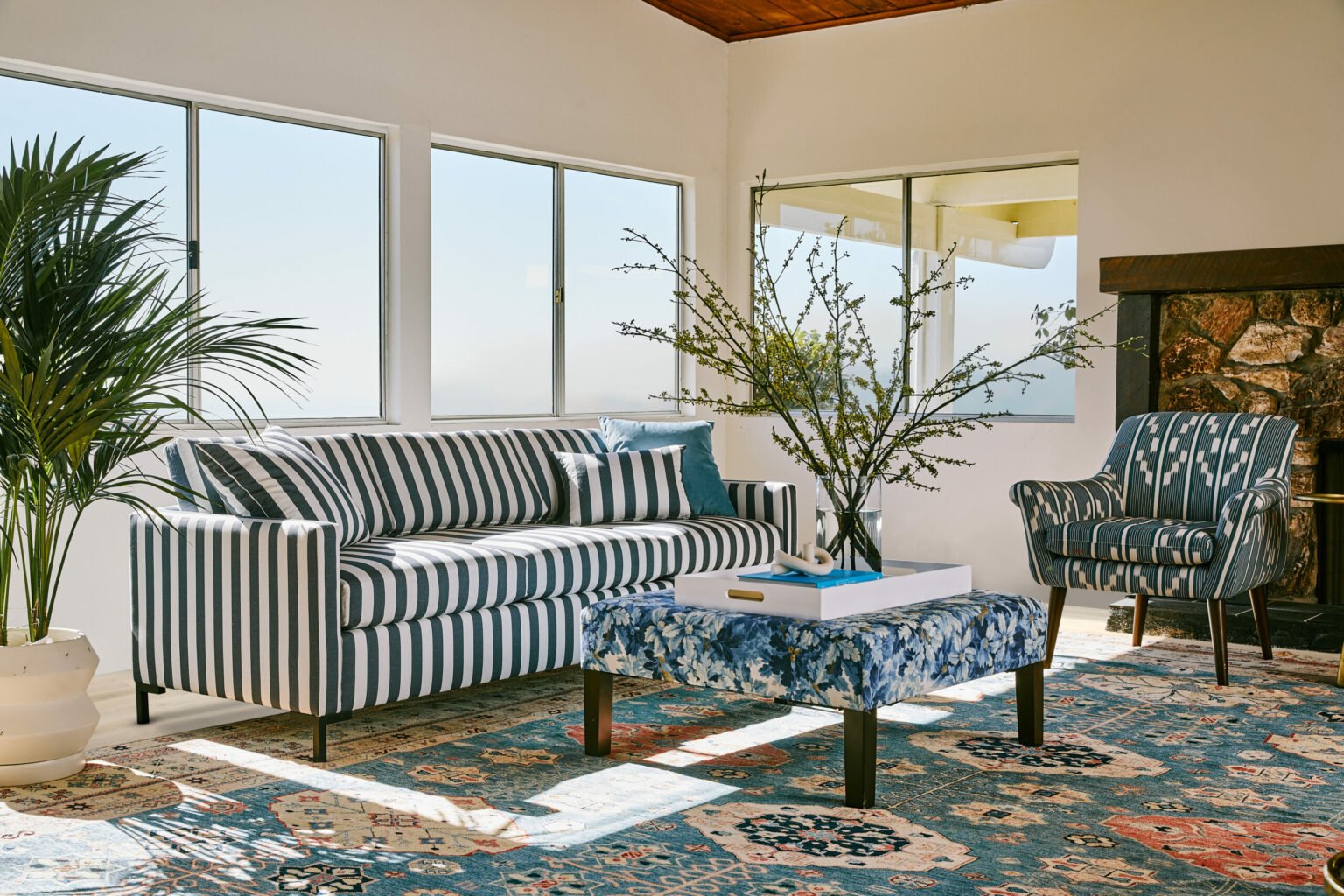



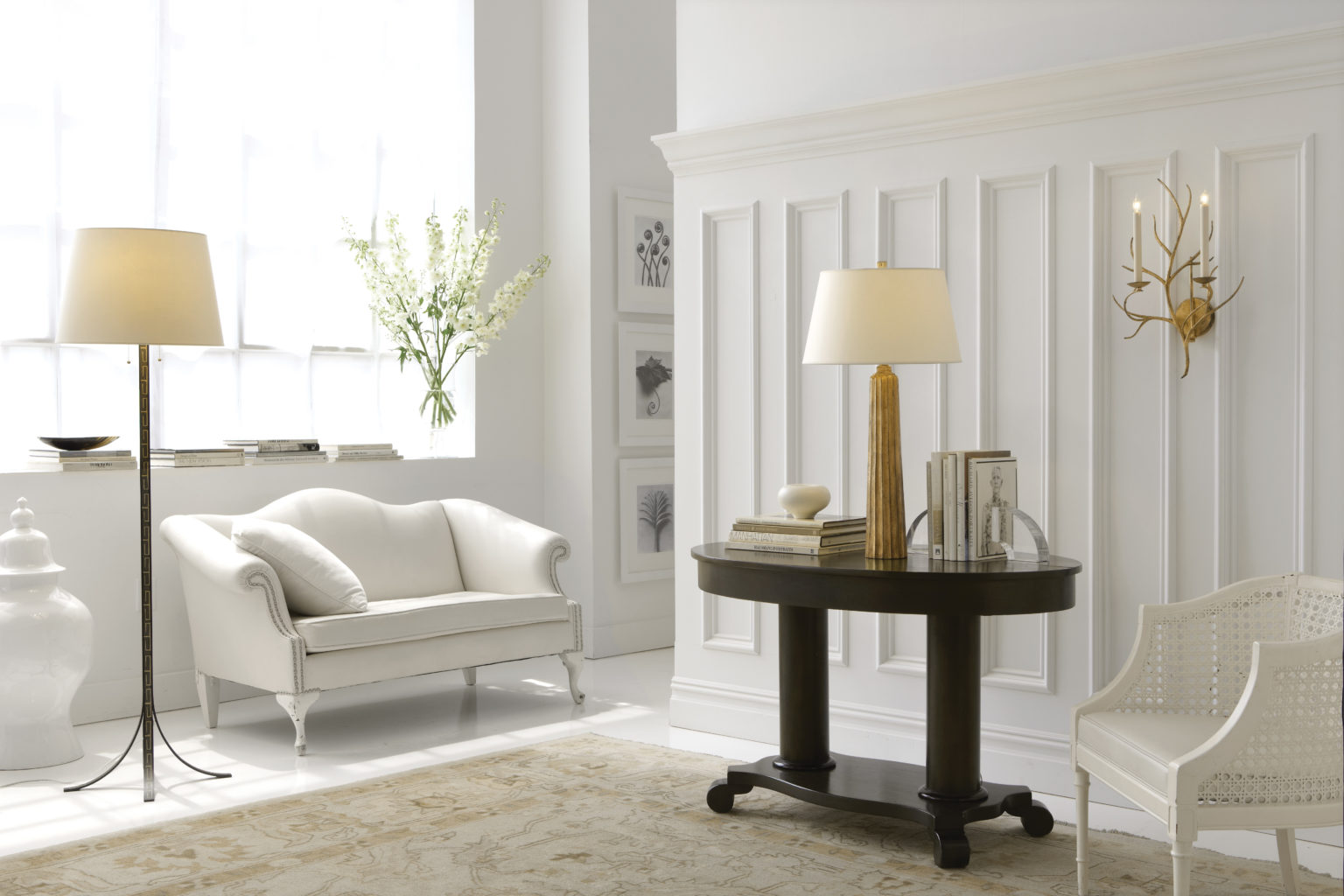






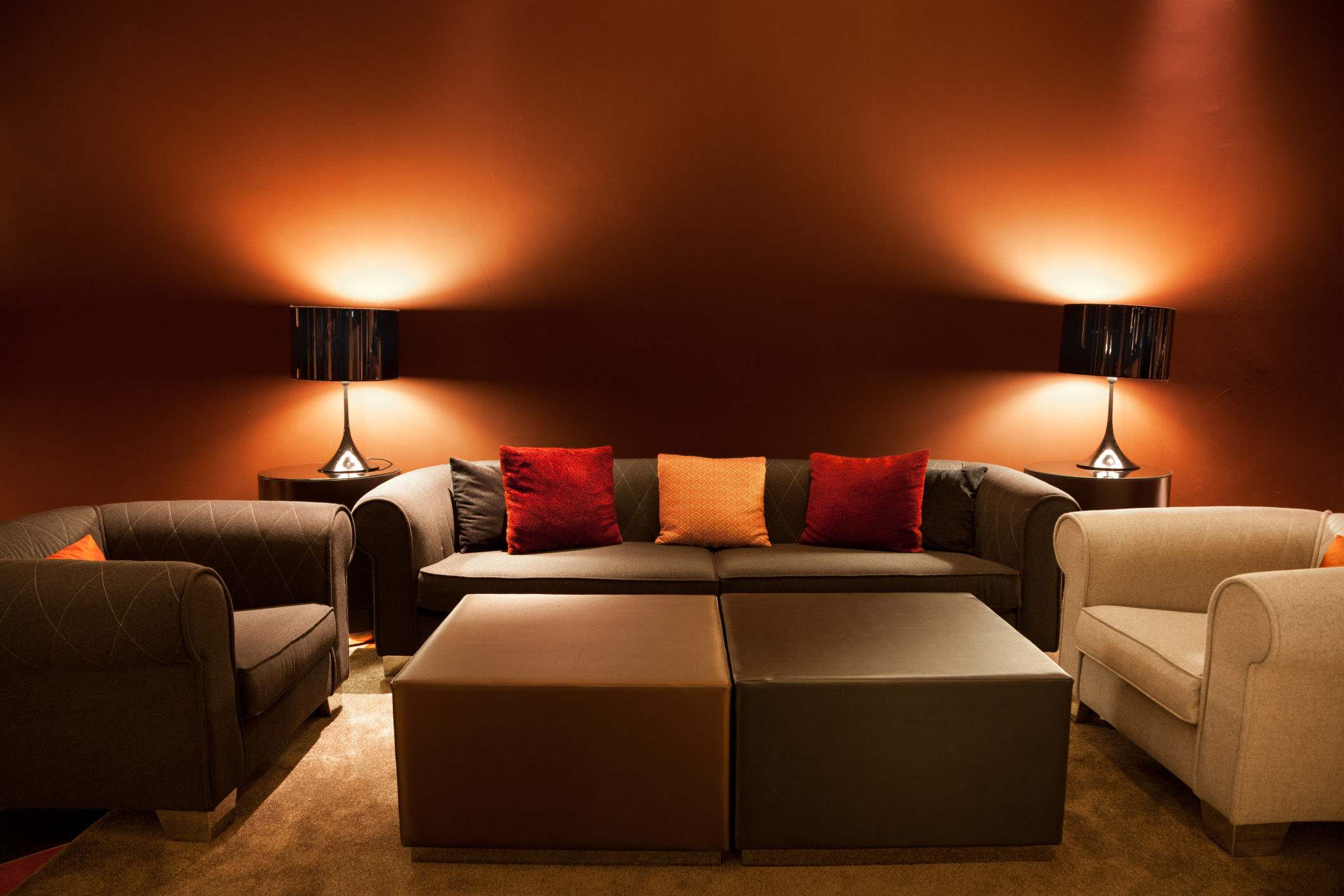























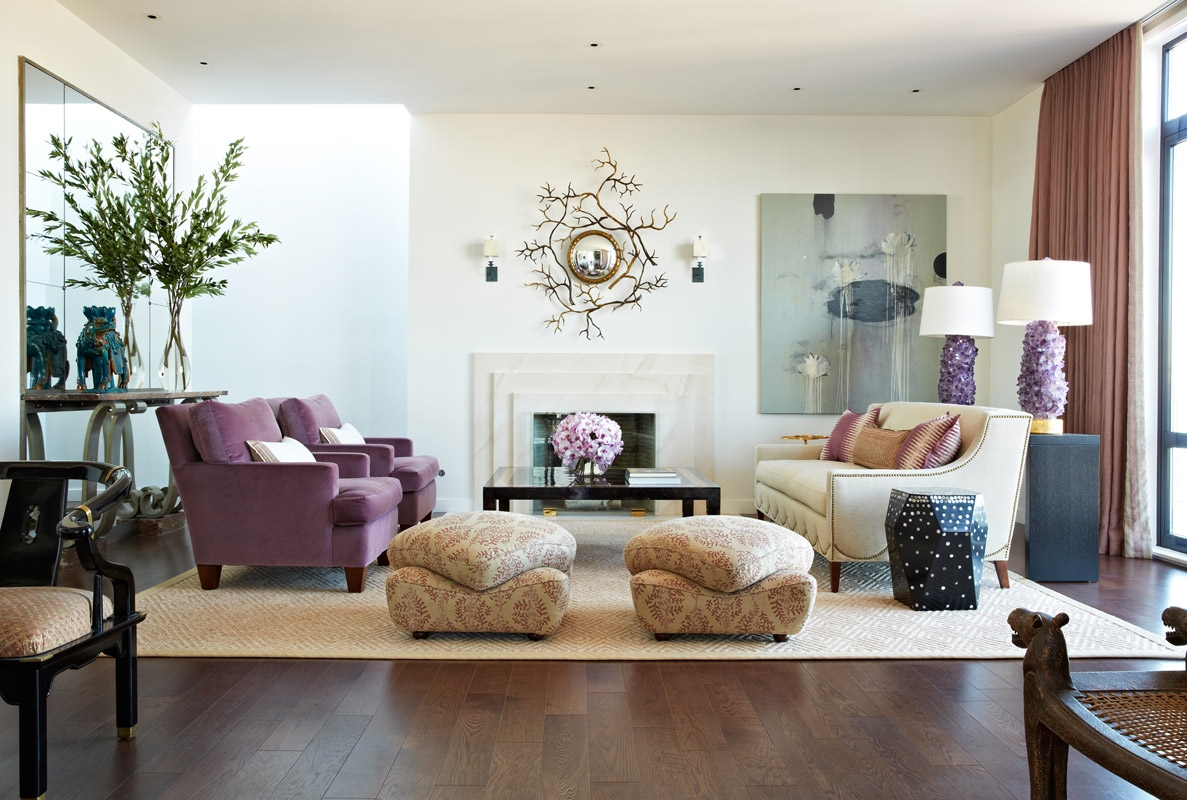








:max_bytes(150000):strip_icc()/living-room-area-rugs-1977221-e10e92b074244eb38400fecb3a77516c.png)



















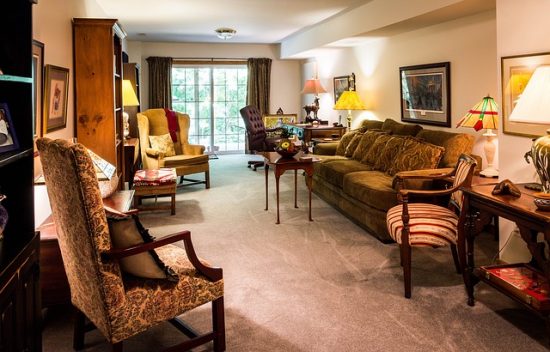




/cdn.vox-cdn.com/uploads/chorus_image/image/64757790/Meacham_30.0.jpg)
